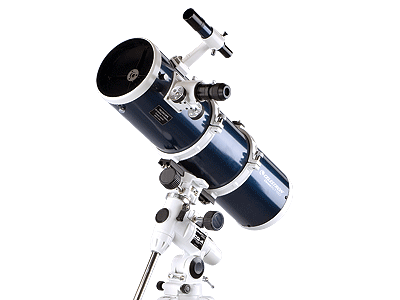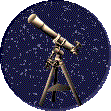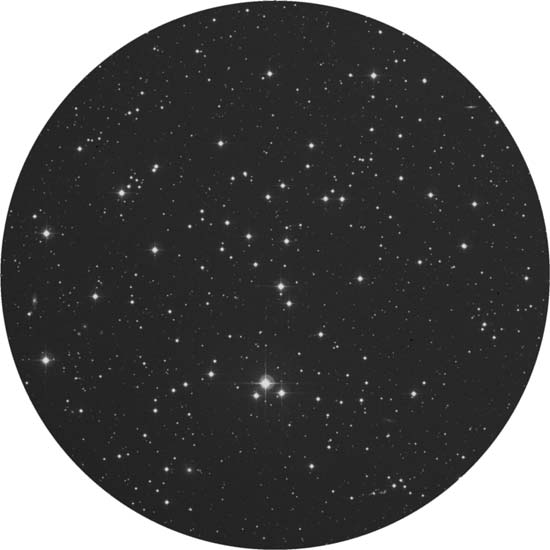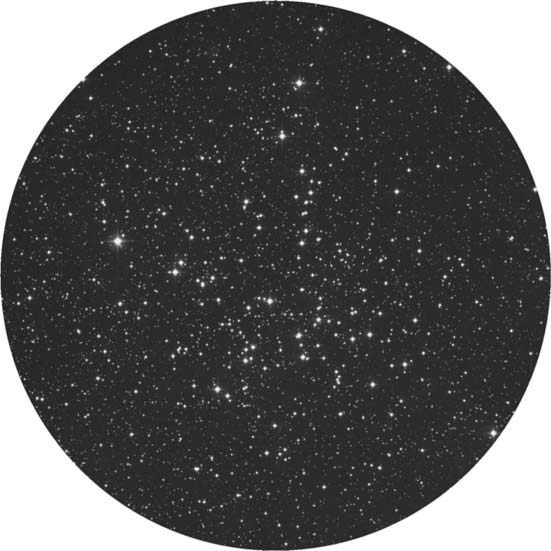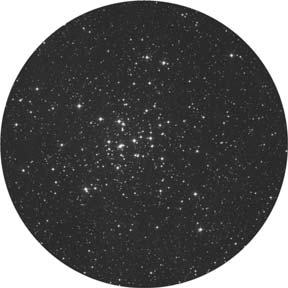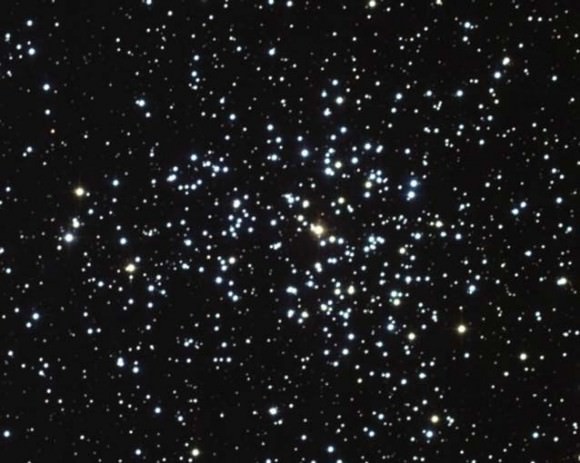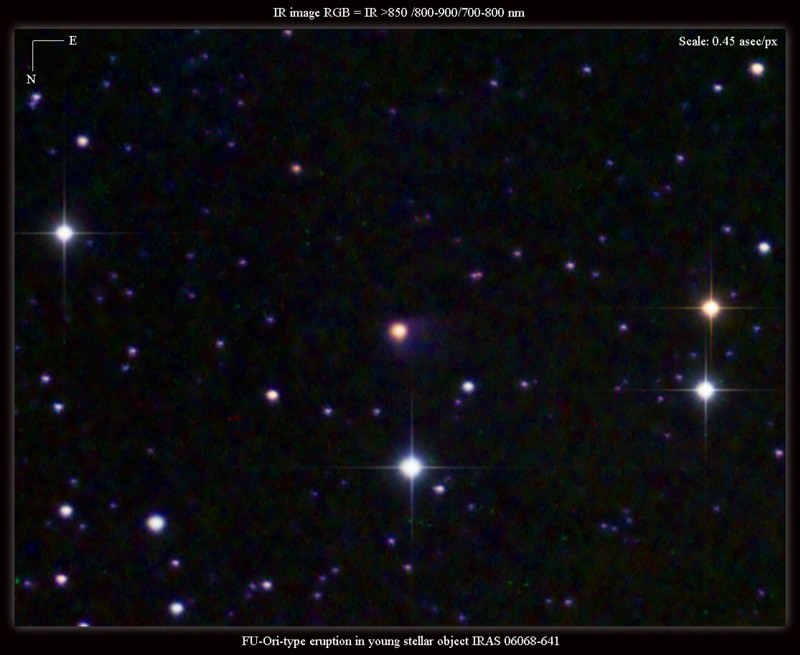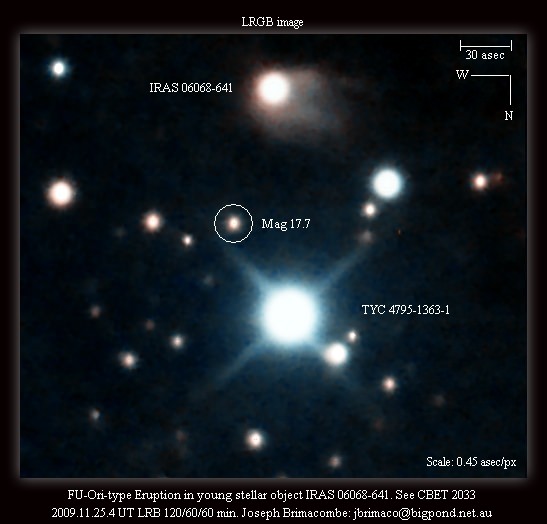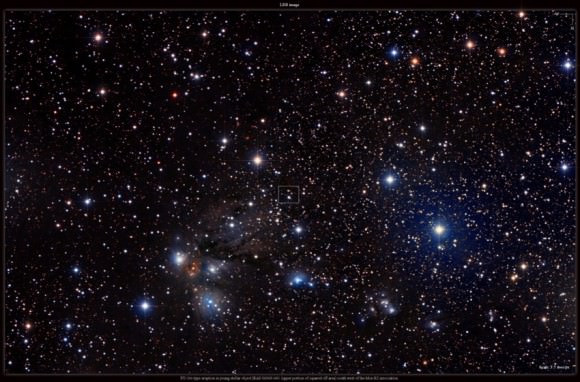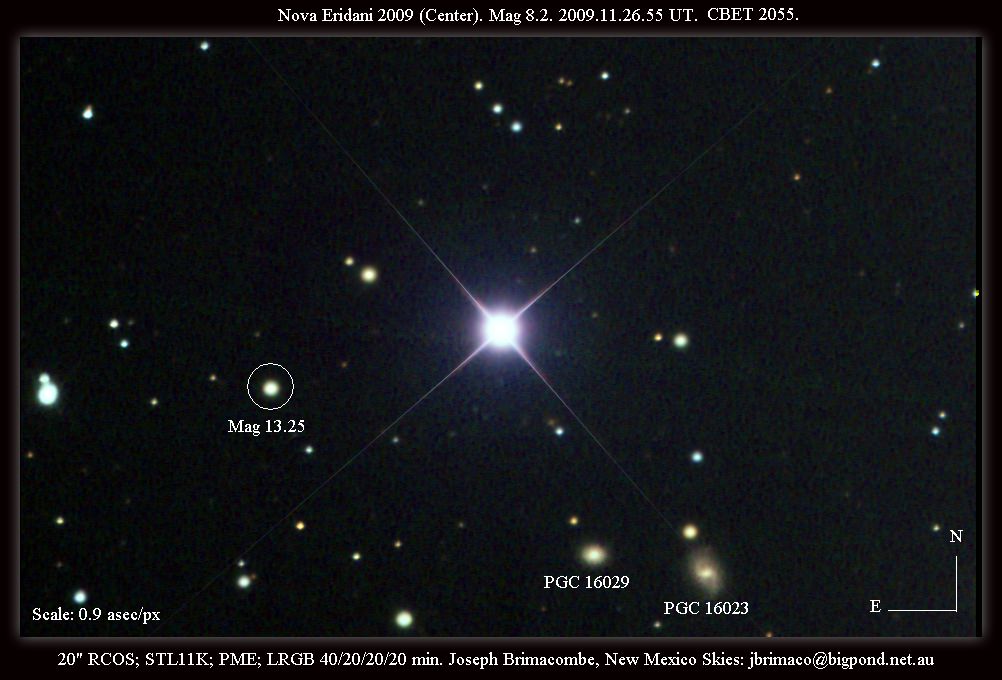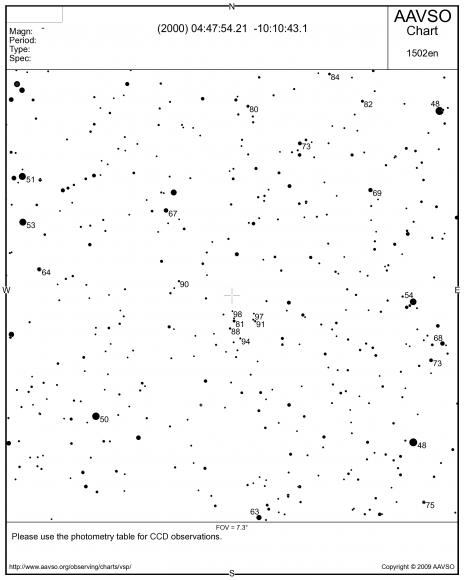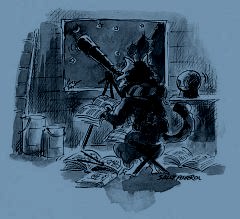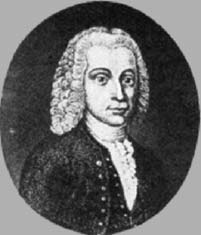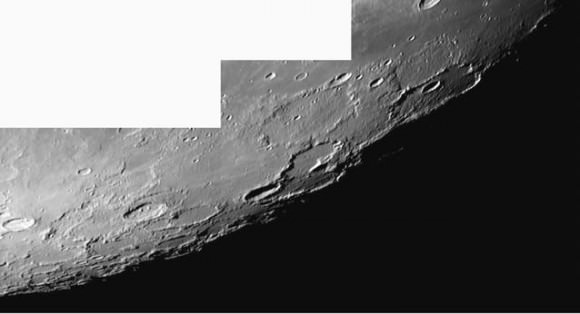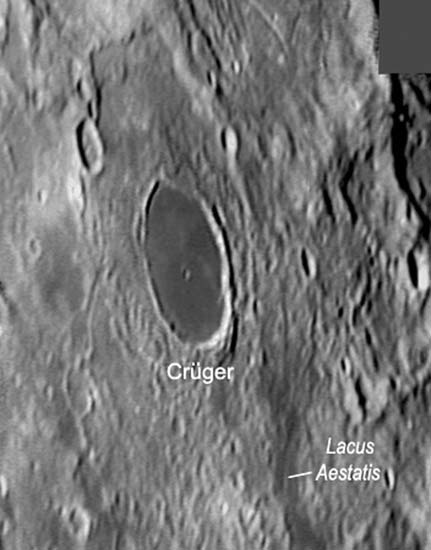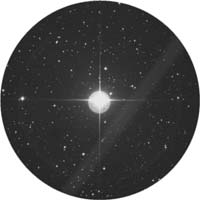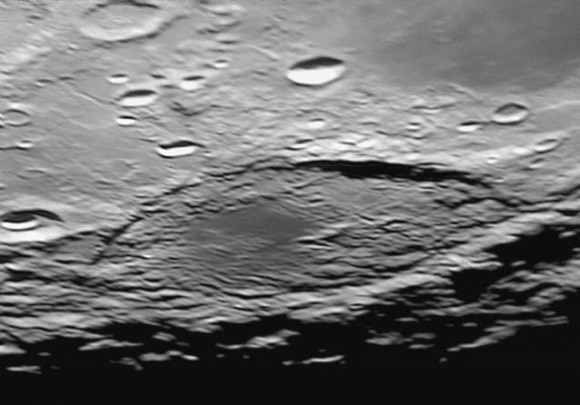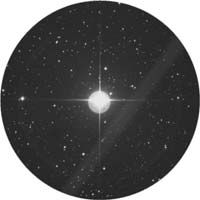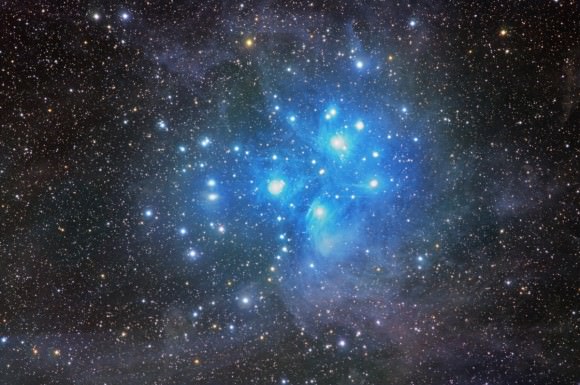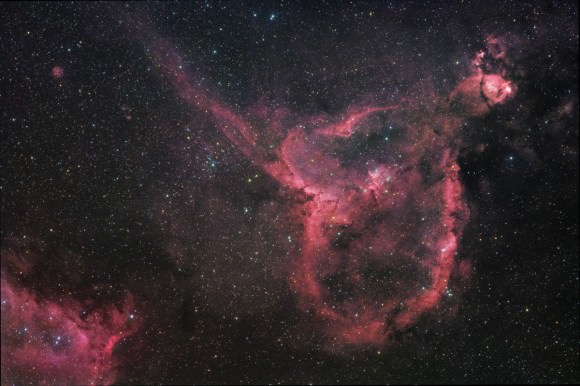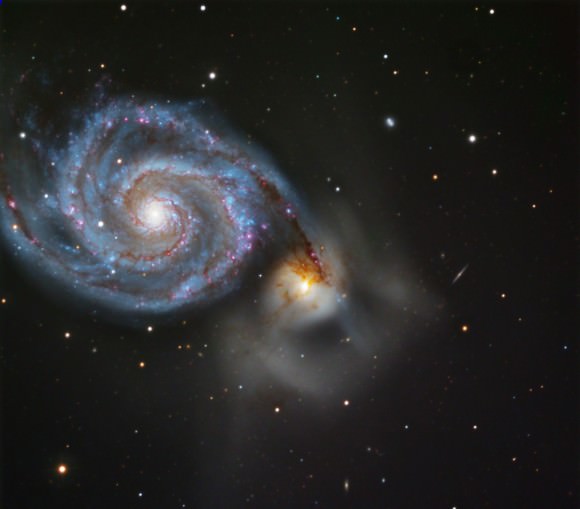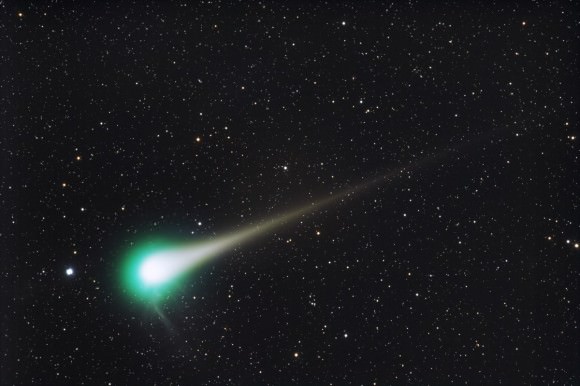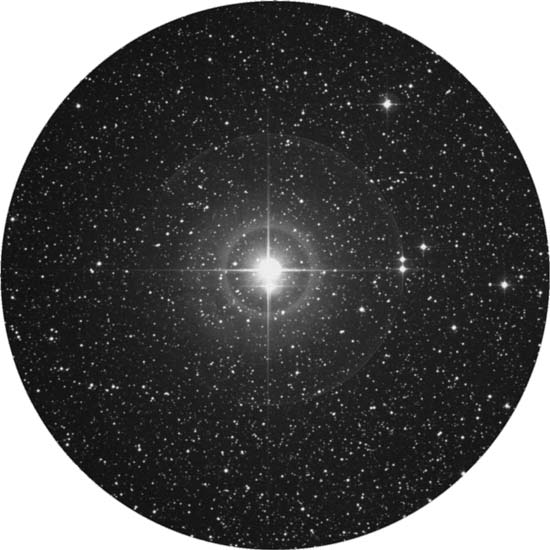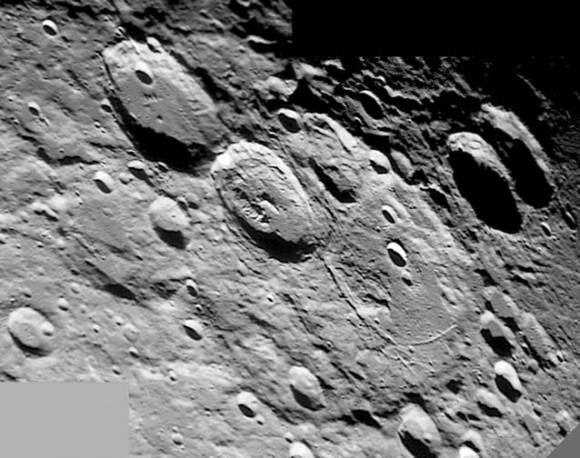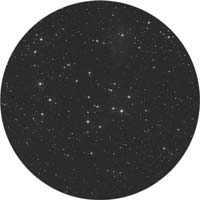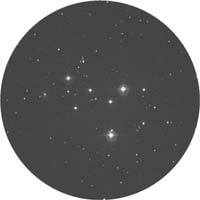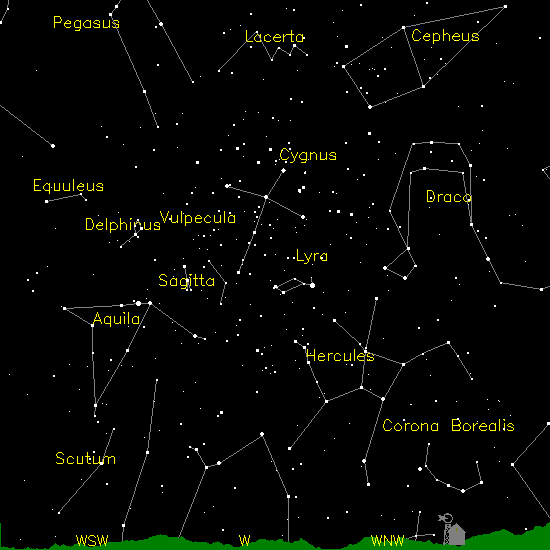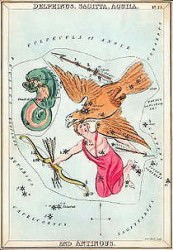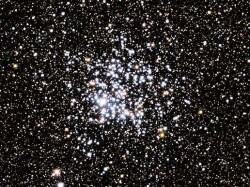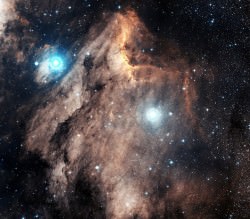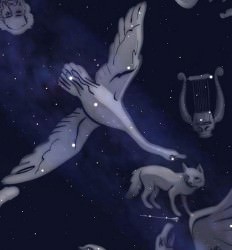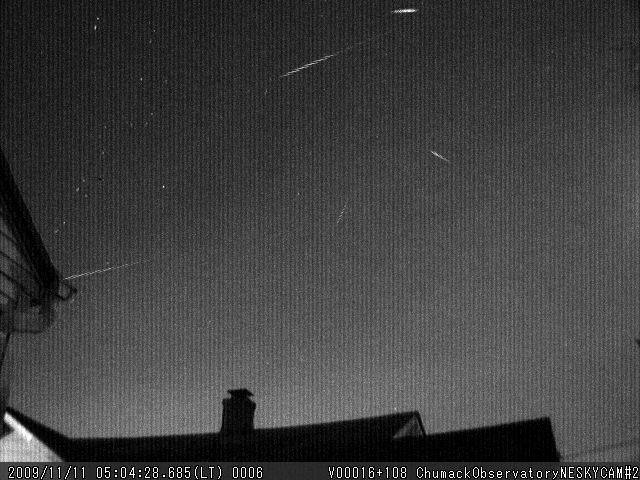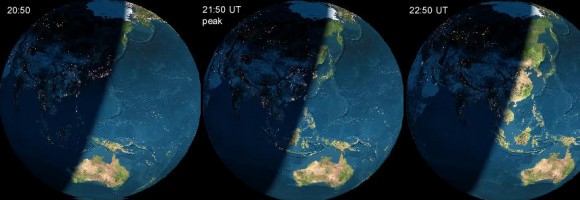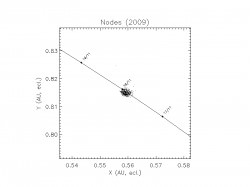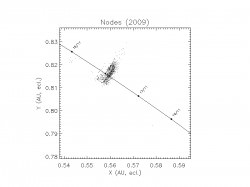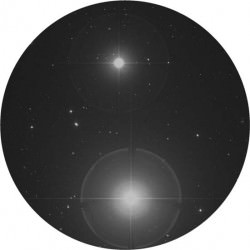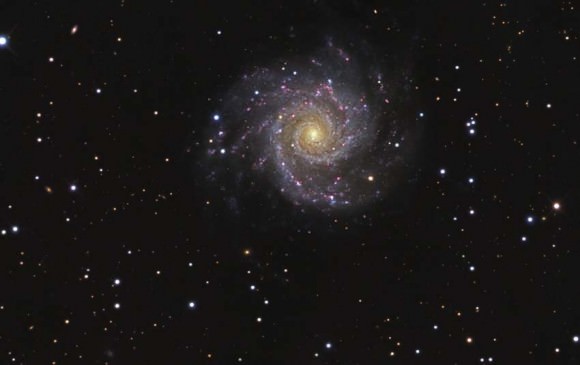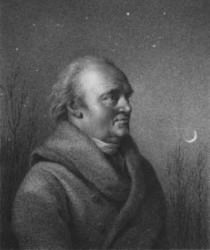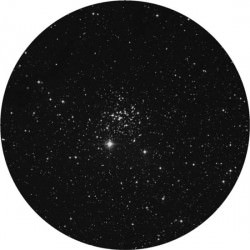Are you looking for the perfect family Christmas gift? Well, stop right there on drawing out your credit card, because there is no such thing. Every family is different. Different needs, different circumstances… even different financial situations. But, what I’m here to tell you about is something I’ve found that changed the way my science and nature-minded family looked at things. It’s Omni… And time waits for no man.
A little over a month ago Ms. M.M. from Celestron offered to send me a telescope of my choice for a Universe Today product review. Now, putting an offer like that to an avid astronomer is kinda’ like taking a fat lady to a smörgåsbord – I wasn’t quite sure of where to start. Oh, sure. I could be polite and start in the salad section and ask for a Celestron AstroMaster 114 EQ Reflector Telescope. After having looked at them, they’d make the perfect starter telescope for all ages: a very decent telescope that would withstand the time test. Or, I could go straight to the prime rib and request a Celestron CGE Pro 1100 EdgeHD Telescope… rare, please. These are very serious telescopes meant for very serious astronomers. There’s no joking around with this fine piece of equipment. But what I’m after isn’t at either end of the scale. What I want is something that touches your heart and your head… Not just your taste buds.
And I want to review it for Christmas…
Every year at this time I marvel at all the new technology that comes out. We’ve got net books and Kindle books… cell phone with apps for everything from milking your goat to making natural gas noises with a blade of grass. There’s dolls that grow hair while spouting MP3 songs and remote controlled helicopters that carry their own weapons of mass destruction. We’ve got video games that tell us we’re old and fat and offer to tone us up. And, we’ve even got last year’s “can’t find it anywhere at any price” Wii system that’s now affordable 365 days after I paid twice as much as I should have for it. Oh, don’t get me wrong. It’s a fun toy. There have been many wonderful all-age family bowling matches and slug fests that involved a lot of laughter, but once the game was over? It was over. It was fun at the time, but it didn’t spark anything inside the brain.
“Allys” changed things.
What I asked for from Celestron was the Omni XLT 150 Newtonian Reflector Telescope. Why? Because no one ever talks about them, and even fewer people know about them. The reason the Celestron Omni isn’t a more celebrated telescope is because it is pure telescope. It doesn’t have bells and whistles. It doesn’t have a GoTo system that will whisk you away on a magic carpet until the batteries run out. It doesn’t have a mass of marketing claims behind it – or designs “re-worked” to be affordable. It only comes in two styles – refractor or reflector. And it stands for a principle.
Omni is the belief that all religions contain a core recognition of the same Deity… and so it is with astronomy. For those of us who practice astronomy religiously, we feel a certain kindred-ship with all who love the science and beauty of the night sky, be it the lady with the Moon and stars earrings, or the skinny dude with the “Astronomers Like To Do It With Mirrors” t-shirt. And, the Celestron Omni 150 XLT reflector telescope stands exactly for that. It is a core telescope – able to recognize many the same Cosmic delights as the Hubble Telescope, just as it reveals what you can find in an old pair of binoculars. After all, we’re all in this game together, aren’t we?
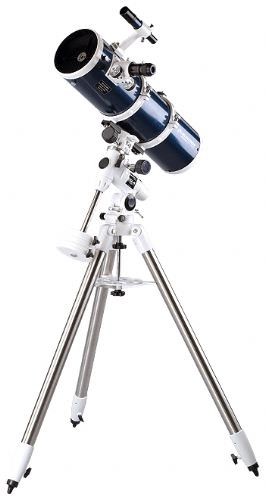 I don’t know what magic this telescope came packaged with, but the day it entered my home, it captured us all. My 20-year old son was the one to carry in the box and watched me open it. I was amazed at his response when he caught the first glimpse of the midnight blue paint and snow white trim: “Mom? Can I put that together for you?” Of course, my first thought was no way. After all, this is a loaner scope and one wrong move could mean monetary disaster. However, I kept an open mind. First off, the young man was raised around telescopes and second, just how intuitive and easy will it really go together? I needn’t have worried. Johnny Mnemonic had it fully assembled and balanced in just a few minutes and then we both stood back and admired perhaps one of the finest looking telescopes I’ve seen in a long, long time.
I don’t know what magic this telescope came packaged with, but the day it entered my home, it captured us all. My 20-year old son was the one to carry in the box and watched me open it. I was amazed at his response when he caught the first glimpse of the midnight blue paint and snow white trim: “Mom? Can I put that together for you?” Of course, my first thought was no way. After all, this is a loaner scope and one wrong move could mean monetary disaster. However, I kept an open mind. First off, the young man was raised around telescopes and second, just how intuitive and easy will it really go together? I needn’t have worried. Johnny Mnemonic had it fully assembled and balanced in just a few minutes and then we both stood back and admired perhaps one of the finest looking telescopes I’ve seen in a long, long time.
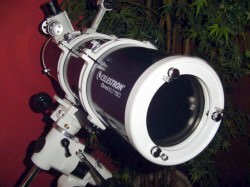 From top to bottom, the Celestron Omni XLT 150 stakes its claim on durability loud and clear. Every part, and I do mean every part is high quality. The optical tube is absolutely the right thickness and the mirror cell and secondary are totally solid construction. The whole midnight blue optical tube assembly is custom trimmed in white. Even the tube rings are excellent, no flapping around like broken bird wings when released. The rack and pinion 1.25″ focuser is not a “cut corners” afterthought – it’s top quality with precise movements and no slop… no plastic knobs and cheap gears. The 6X30 optical finder scope is just the right size and mounted with a heavy-duty bracket that’s going to take a whack or two in the dark without losing its alignment. But that’s far from all…
From top to bottom, the Celestron Omni XLT 150 stakes its claim on durability loud and clear. Every part, and I do mean every part is high quality. The optical tube is absolutely the right thickness and the mirror cell and secondary are totally solid construction. The whole midnight blue optical tube assembly is custom trimmed in white. Even the tube rings are excellent, no flapping around like broken bird wings when released. The rack and pinion 1.25″ focuser is not a “cut corners” afterthought – it’s top quality with precise movements and no slop… no plastic knobs and cheap gears. The 6X30 optical finder scope is just the right size and mounted with a heavy-duty bracket that’s going to take a whack or two in the dark without losing its alignment. But that’s far from all…
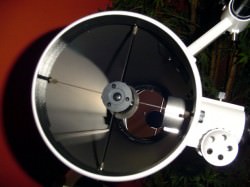 For those of us who appreciate our optics, then take a look inside the tube. Pristine mirrors? You bet. What you’re looking at is hand selected, high quality optics made from the finest glass available. Only one thing could make it better and that’s Celestron’s StarBright coatings for maximized light transmission. We’re talking about optics on a 6″ Newtonian reflector telescope with a limiting stellar magnitude of 13.4 and 0.76 arc seconds of resolving power! So what’s holding it up? Try a Celestron CG-4 German Equatorial Mount. The CG-4 is a new experience for me, and I’ll tell you right now that I’m impressed… and not just with its stainless steel 1.75″ legs capped with little white bobby socks, either. We’re talking about a rugged equatorial mount with ball bearings in both axis able to carry at least a 20 pound payload. A single knob mounts the head, just as a single shaft continues into the spreader of the tripod. The supplied weights are exactly right and the bubble level and polar axis finder make it all the sweeter. The slow motion controls are snugged into the mount body, not spangling around on too long arms. If I thought the Vixen-mount was great, then there’s a good reason I like this one… it evolved from the Vixen GP2. There’s even an extra “safety” bolt on the quick release to stop an accident before it starts. Now all we need are some clear nights to check out the performance!
For those of us who appreciate our optics, then take a look inside the tube. Pristine mirrors? You bet. What you’re looking at is hand selected, high quality optics made from the finest glass available. Only one thing could make it better and that’s Celestron’s StarBright coatings for maximized light transmission. We’re talking about optics on a 6″ Newtonian reflector telescope with a limiting stellar magnitude of 13.4 and 0.76 arc seconds of resolving power! So what’s holding it up? Try a Celestron CG-4 German Equatorial Mount. The CG-4 is a new experience for me, and I’ll tell you right now that I’m impressed… and not just with its stainless steel 1.75″ legs capped with little white bobby socks, either. We’re talking about a rugged equatorial mount with ball bearings in both axis able to carry at least a 20 pound payload. A single knob mounts the head, just as a single shaft continues into the spreader of the tripod. The supplied weights are exactly right and the bubble level and polar axis finder make it all the sweeter. The slow motion controls are snugged into the mount body, not spangling around on too long arms. If I thought the Vixen-mount was great, then there’s a good reason I like this one… it evolved from the Vixen GP2. There’s even an extra “safety” bolt on the quick release to stop an accident before it starts. Now all we need are some clear nights to check out the performance!
Allys stood in my living room for many nights before I finally got clear sky. I’m not even sure of why I started calling the Celestron Omni XLT 150 by a name, because I’ve never named a telescope before. But the more I look at it, the more it reminds me of an Allis-Chalmers tractor… something you’ll see out in the field for the next 50 or more years. And, when we did get out in the field, I knew 50 years wasn’t going to be enough. I had also asked for an assortment of Celestron Omni eyepieces to accompany it, and when I homed in on M67 and saw absolutely no spherical aberration at both low and high magnification factors, I knew I had my hands on an optical standard. Exceptional configurations don’t need gimmicks to set them apart in the field. At a little over a 50 degree apparent field of view, the Celestron Omni Plossls worked absolutely perfectly with the f/5 focal ratio. There’s no “ghosting” and great color correction. Who needs twice as much field with an eyepiece that you’d be afraid your grandkids might touch when you’ve got one that’s delivering razor sharp lunar images at high magnification and diamond dust star fields at low?
Over the weeks and through lunacy I put the Omni 150 through every course I know. At 6″ aperture, it lights up Messier objects with tiny details. It is quite capable of magnitude 12 galaxies. Its 750mm focal length and focal ratio of f/5 presents nebulae the way you want to see them. Little things started to mean a lot… Like how fast any vibration in the mount stopped when you’d tweak the slow motion controls while watching Jupiter at high power or just how smooth and well-balanced the whole system is. I enjoyed superior colors from the singular stars in M50 to the gas-blue flame of Hubble’s Variable Nebula (NGC 2661). This is not a little telescope nor is it a cheap one. It’s a telescope that needs your input to make it work and it delivers back with pristine views and rock solid stability. It is a telescope capable of being turned towards astrophotography – or simply enjoyed year after year.
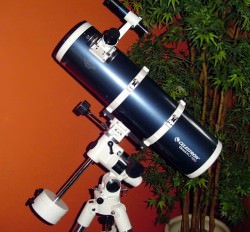 When I was finished in the evenings, I’d return the Celestron Omni XLT 150 back to the corner of my living room. After all, I can’t be banging around scope that isn’t mine! But what the Omni did for those who entered my home is what is incredible. Not one person, from my parents to my grandchildren were able to resist that telescope. Everyone comments on its good looks and heavy-duty appearance. We virtually lived for a moment of clear sky when we could race outside to look at the Moon or try to spot a polar cap on Mars. Can you say that about a Wii? My grandchildren might have bowled a game or two, but they spent their entire vacation peeking out my windows at night wanting to hunt comets and see where stars are born. Can a video game compete with that? If one can use an Omni to travel in time, then watch a 20-year old explain to his girlfriend what’s going on inside the Pleiades instead of what’s on his latest graphics card. You might get a senior citizen to play a game or two, but when was the last time the ones you know were willing to stand outdoors in the cold to look at Moon, huh? You see, the Celestron Omni XLT 150 might cost twice as much as a Nintendo Wii… but what it did was worth far more.
When I was finished in the evenings, I’d return the Celestron Omni XLT 150 back to the corner of my living room. After all, I can’t be banging around scope that isn’t mine! But what the Omni did for those who entered my home is what is incredible. Not one person, from my parents to my grandchildren were able to resist that telescope. Everyone comments on its good looks and heavy-duty appearance. We virtually lived for a moment of clear sky when we could race outside to look at the Moon or try to spot a polar cap on Mars. Can you say that about a Wii? My grandchildren might have bowled a game or two, but they spent their entire vacation peeking out my windows at night wanting to hunt comets and see where stars are born. Can a video game compete with that? If one can use an Omni to travel in time, then watch a 20-year old explain to his girlfriend what’s going on inside the Pleiades instead of what’s on his latest graphics card. You might get a senior citizen to play a game or two, but when was the last time the ones you know were willing to stand outdoors in the cold to look at Moon, huh? You see, the Celestron Omni XLT 150 might cost twice as much as a Nintendo Wii… but what it did was worth far more.
As of now, I still haven’t returned the Celestron Omni XLT 150 to Celestron. What I’ve done is something I’ve never done before – offer to sell some of my other telescopes so I can buy it. That midnight blue and snow white magic walked into my life and now I don’t want to let it go. When I look through it, I half expect to see two indicator lights somewhere – one red, one green. When I stare into a distant galaxy or count stars in a galactic cluster light years away, they shall indicate whether the flow of history has been tampered with. The steady green light means that history was as it should be, and the red flash light means the only history that’s going to be altered is my own as I check out my book of charts in the dark.
Time waits for no man…
My many thanks to Celestron for giving me the great experience of working with the Omni 150XLT and I want to keep it. If you’d like a Celestron Omni 150XLT Newtonian Reflector for yourself or your family, you can find one at Celestron’s premier dealers such as OPT, telescopes.com, Scope City, High Point, Hands On Optics, Astronomics and Adorama.

